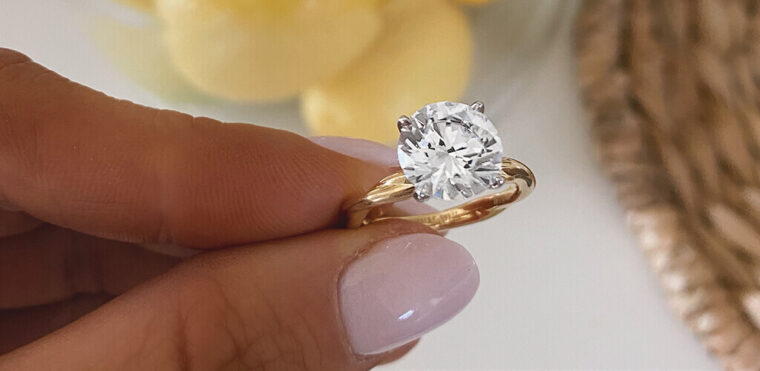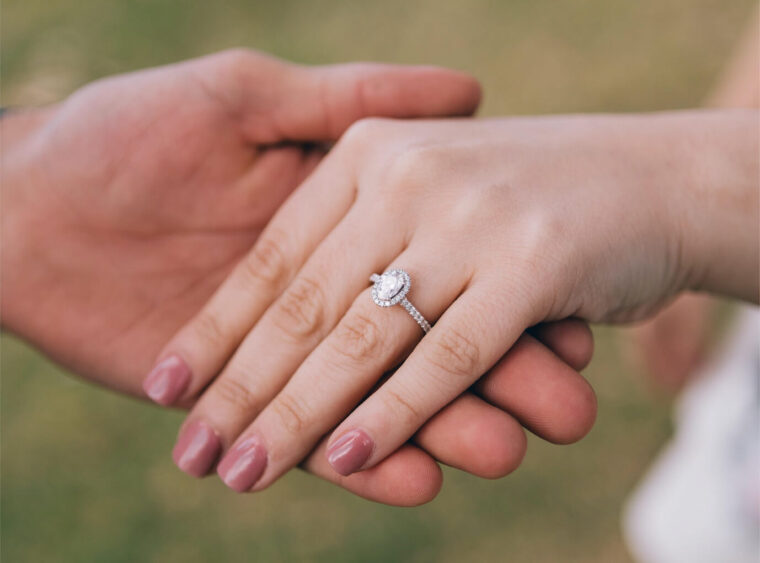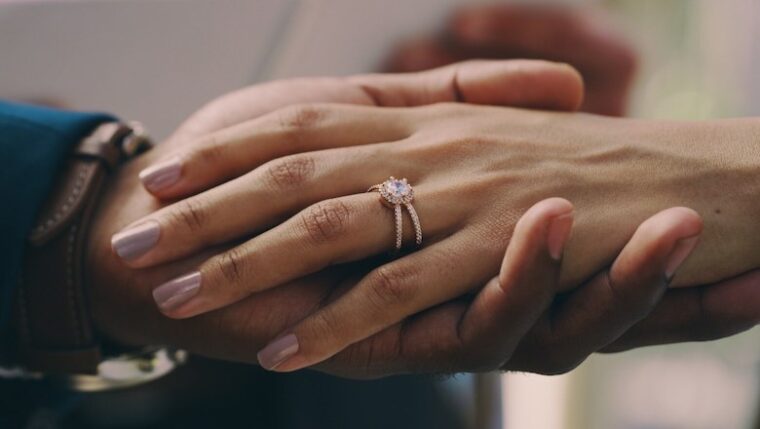When the time comes to take your relationship to the next level, buying an engagement ring is one of the most significant purchases you may make. It symbolizes love, commitment, and the beginning of a new chapter. However, it can also mean a considerable expense, with many feeling the pressure to spend large sums of money.
Understanding the costs involved and exploring budget-friendly options can help alleviate some of this stress, ensuring the engagement ring buying experience is a joyous one. Let’s dive into the world of engagement rings and explore ways to manage expenses while finding the perfect ring.
Understanding the Components of Cost

The Center Stone
The majority of an engagement rings cost typically comes from the center gemstone. Traditionally, this is a diamond, which is priced based on the four Cs: cut, color, clarity, and carat weight.
The Setting
The setting, or the metal framework that holds the center stone and any additional gemstones, is another component of cost. The choice of metal – whether platinum, white gold, yellow gold, or another option – influences the overall price.
Additional Stones
Adding additional stones, like side diamonds or other gemstones, can also add to the cost, albeit creating a more embellished look.
Labor
Labor cost is another factor to consider. Handcrafted or intricate designs typically require more labor and therefore are priced higher.
Setting a Realistic Budget
Start the process by setting a realistic and comfortable budget. There’s a widespread myth about spending two or three months of your salary on an engagement ring, but it’s crucial to choose a budget that suits your financial situation. Prioritize your spending, keeping in mind other significant expenses like a wedding or purchasing a home.
Exploring Cost-Saving Options

Opt for Alternative Stones
One significant way to cut costs is to opt for alternative gemstones like moissanite or sapphire. These stones are less expensive than diamonds but are equally stunning.
Choose Lower Karat Gold
Selecting a lower karat gold for the setting, like 14k instead of 18k, can also save money, as it’s less pure (and therefore less expensive), but still beautiful and durable.
Consider Pre-Owned Rings
Consider exploring the world of vintage or pre-owned rings. They often carry unique charm and history, and the cost is usually lower than buying new.
Prioritizing What Matters Most
When on a budget, prioritize the aspects of the ring that are most important to you. If the size of the gemstone matters most, you might compromise on the quality of the stone or the intricacy of the setting to afford a larger carat weight.
Online Shopping
Pros
Online shopping can provide a wider selection and often better prices than physical stores. It’s easier to compare prices, and many online retailers offer affordable customization options.
Cons
However, remember that buying online means you can’t see or try the ring in person before purchasing, which can be a significant drawback for many.
Be Informed about Financing Options

Many jewelers offer financing options, but it’s essential to read the fine print. Understand the interest rates, terms, and conditions to avoid future financial strain.
The Final Word
In the quest for the perfect engagement ring, it’s crucial to balance personal preferences, style, and budget. Remember that the ring is a symbol of your love and commitment, and its value is not determined by its price tag.
Prioritizing what matters most to you, exploring cost-saving options, and being informed about your choices will help you find a beautiful engagement ring that won’t break the bank.
